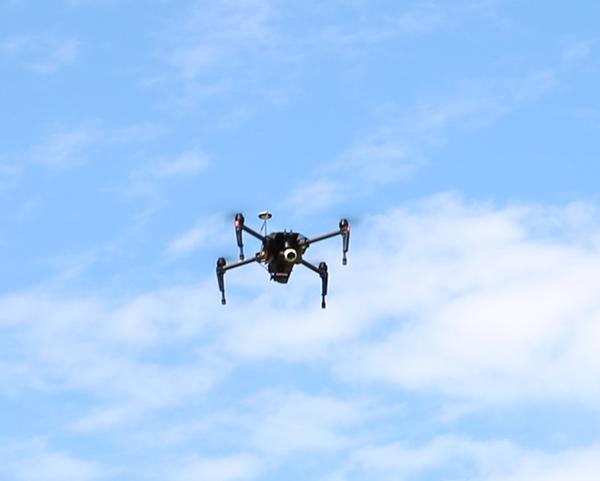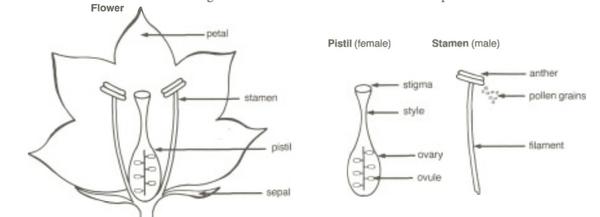
Join Us for the 2025 NC State Hemp Grain and Fiber Field Day on August 19th!
Join us in Goldsboro, NC at the Cherry Research Farm to learn more about new and ongoing research in …



El inglés es el idioma de control de esta página. En la medida en que haya algún conflicto entre la traducción al inglés y la traducción, el inglés prevalece.
Al hacer clic en el enlace de traducción se activa un servicio de traducción gratuito para convertir la página al español. Al igual que con cualquier traducción por Internet, la conversión no es sensible al contexto y puede que no traduzca el texto en su significado original. NC State Extension no garantiza la exactitud del texto traducido. Por favor, tenga en cuenta que algunas aplicaciones y/o servicios pueden no funcionar como se espera cuando se traducen.
Inglês é o idioma de controle desta página. Na medida que haja algum conflito entre o texto original em Inglês e a tradução, o Inglês prevalece.
Ao clicar no link de tradução, um serviço gratuito de tradução será ativado para converter a página para o Português. Como em qualquer tradução pela internet, a conversão não é sensivel ao contexto e pode não ocorrer a tradução para o significado orginal. O serviço de Extensão da Carolina do Norte (NC State Extension) não garante a exatidão do texto traduzido. Por favor, observe que algumas funções ou serviços podem não funcionar como esperado após a tradução.
English is the controlling language of this page. To the extent there is any conflict between the English text and the translation, English controls.
Clicking on the translation link activates a free translation service to convert the page to Spanish. As with any Internet translation, the conversion is not context-sensitive and may not translate the text to its original meaning. NC State Extension does not guarantee the accuracy of the translated text. Please note that some applications and/or services may not function as expected when translated.
Collapse ▲
Join us in Goldsboro, NC at the Cherry Research Farm to learn more about new and ongoing research in …

Current Situation in North Carolina Corn is currently at the tasseling and silking stages across the state, which is typically …

Article by Alexis Alsdorf, NC State Department of Entomology and Plant Pathology PhD student Helicoverpa zea (corn earworm or bollworm) …

It’s been one month since the launch of Root Cause Reports!From seedling diseases to deer damage and stink bugs, …

Are the spots circular with tan centers and purple to dark brown margins, possibly surrounded by yellow halos? → …

Please note: this message affects all PDIC users, except samples of turf/grasses for the Turf Diagnostic Lab Summer is always …

With such a wet May, y’all are probably seeing an uptick in leaf spots on corn, but there’s no …

The corn leafhopper (Dalbulus maidis) is a pest of corn that typically lives in warm places, such as areas …

Commercially available foliar fungicides (Table 1) were evaluated for their impact on disease and yield responses. Under favorable conditions …

The 5th Annual Chatham County Spring Ag Fest on March 29, 2025, was a success with a great crowd and beautiful …
Every year, entomologists from the National Cotton States Arthropod Pest Management Working Group are polled on insecticide efficacy. This group consists …

We are excited to announce a new opportunity for those interested in pursuing beekeeping as a hobby, or new …

As the holiday season approaches, the PDIC will be following scheduled closures based on the university holiday calendar. For Thanksgiving, …

Christmas tree farmers and nursery owners: Businesses that have less than $1 million in annual revenue and experienced physical damage …

This publication discusses flying unmanned aerial vehicles (drones, model aircraft) for commercial purposes. You'll learn …
Effective frost protection methods exist, however, each year, a portion of the state's fruit and …
This online publication describes how cover crops affect the soil, how to establish cover crops, …
This publication describes the major systems used in farm equipment and outlines basic maintenance procedures …
Before installing a dual-purpose subsurface drainage and subirrigation system on your farm, have your site …
This publication provides guidelines and recommendations for proper irrigation scheduling of wastewater.

This guide presents basic facts about seeds, including how they develop, how to store and …
Grapevines require 16 essential nutrients for normal growth and development (Table 9.1). Carbon, hydrogen, and …